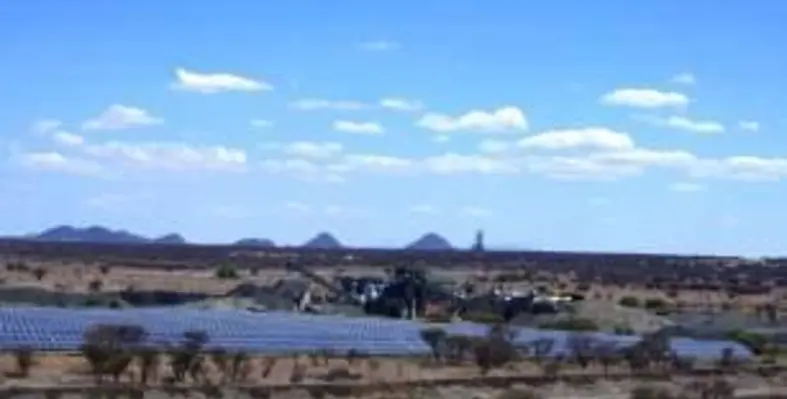Energy solutions provider Danvest has introduced a Power Box solution, which can help optimise the power usage
The company’s Power Box is designed to function with either CAT or Cummins engines. Traditional gensets are modified to run on low-loads and operate in reverse mode, without consuming much diesel. Despite this fuel setting, the genset has the ability to respond to output changes from either the PV array or changes in demand.
On sunny days, penetration of the PV system can reach 100 per cent while the diesel consumption is almost zero. At night, when the PV plant does not generate electricity, the low-load diesel gensets are run as normal diesel gensets.
According to Danvest, this is an attractive option for areas and industrial sectors where power consumption is very high.
Danvest Energy A/S CEO Thomas Qvist Vestesen said, “Danvest low-load generators have been used in combination with wind turbines for years. As the solar-diesel market receives more attention than the wind-diesel market at this moment, we have adapted our field-tested solution for this very dynamic market segment.”
Meanwhile, a study titled Low-load Gensets for Solar-diesel Hybrid Plants in the Mining Industry has analysed the technical and strategic fit of low-load gensets for solar-diesel hybrid applications in mines. The study shows that low-load gensets almost double the solar penetration rate in solar-diesel hybrid systems and that low-load diesel gensets are more efficient in hybrid plants, all this without the use of batteries or other storage systems.
This straightforward solution has the potential to considerably lower the operational costs of mines, said Danvest. The fast spinning reserve of the low-load diesel systems in all its operations modes ensures the power supply in any case of variation of demand or of PV production losses.
“The demand for raw materials has slowed down and prices have decreased recently. The mining industry is facing substantial challenges. Reducing the costs of operations such as energy expenditures has become an important competitive factor. One of the game changers could be low-load diesel hybrid power plants giving maximal room to locally produced inexpensive solar and/or wind energy. Even at the current low oil prices, optimised hybrid technologies normally beat the current conventional diesel based electricity prices. The additional investment including the PV system has usually a pay-off period in the range of four to seven years,” summarises THEnergy CEO Dr Thomas Hillig.






